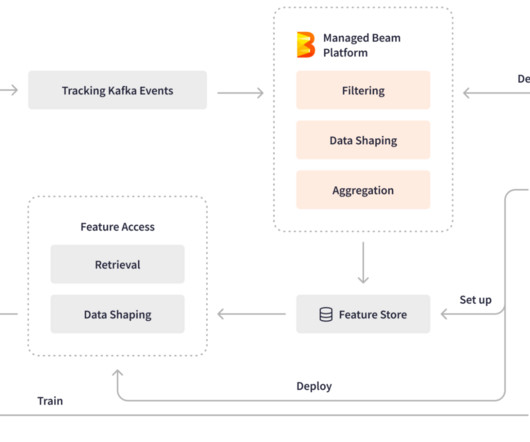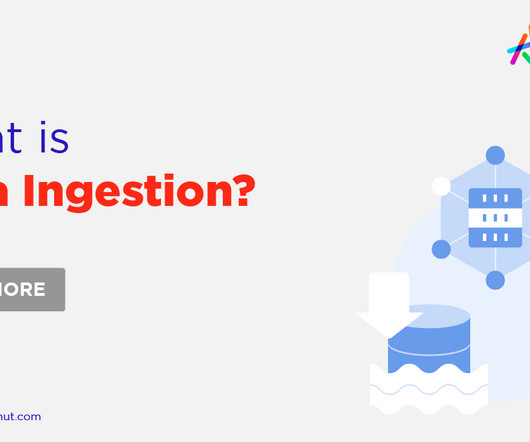An Exploration Of The Expectations, Ecosystem, and Realities Of Real-Time Data Applications
Data Engineering Podcast
AUGUST 21, 2022
With their new managed database service you can launch a production ready MySQL, Postgres, or MongoDB cluster in minutes, with automated backups, 40 Gbps connections from your application hosts, and high throughput SSDs. Just connect it to your database/data warehouse/data lakehouse/whatever you’re using and let them do the rest.












Let's personalize your content